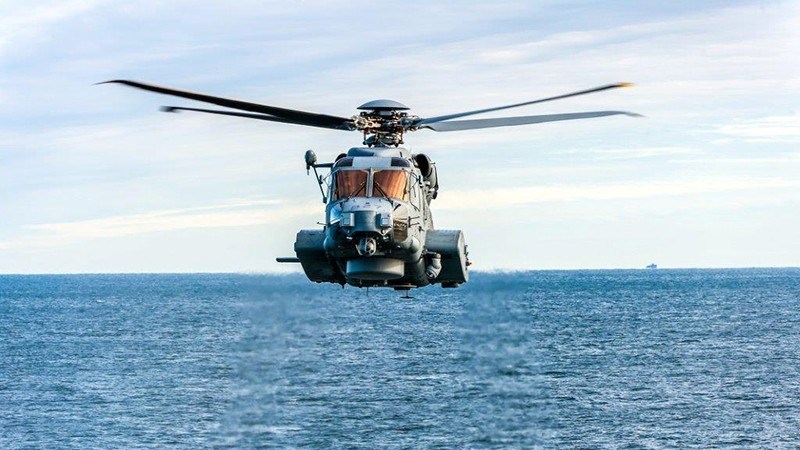The Royal Canadian Air Force is transferring a helicopter from the East Coast to the West Coast and will stop in 11 municipalities along the way — including Moose Jaw — to showcase the aircraft.
From May 1 to 25, Canadians may see an RCAF Sikorsky CH-148 Cyclone helicopter operating in cities throughout the country. These activities are related to an operational cross-country transfer of the chopper from 423 Maritime Helicopter (MH) Squadron in Shearwater, Nova Scotia, to 443 MH Squardon in Esquimalt, British Columbia, according to the military.
During the transit, the RCAF CH-148 Cyclone will stop at Canadian Forces Bases and other locations, including Montreal, Ottawa, Kingston, Ont., Greater Toronto Area, Peterborough, Ont., Borden, Ont., London, Ont., Sault Ste. Marie, Ont., Winnipeg, Portage La Prairie, Man., and Moose Jaw.
The twin-engine, four-bladed rotor aircraft will fly into 15 Wing Air Base on Thursday, May 25, around 10:30 a.m., so residents should keep their eyes peeled for the machine. However, only base trainees will have access to the aircraft.
The CH-148 Cyclone is one of the most capable maritime helicopters in the world, is Canada’s main ship-borne maritime helicopter and provides air support to the Royal Canadian Navy, the military said.
The Cyclone can be used for surface and sub-surface surveillance, search and rescue missions, tactical transport and more. It can operate day or night and in most weather conditions to support missions in Canada and around the world.
12 Wing Shearwater conducts cross-country transfers regularly to deliver helicopters from one maintenance or operational squadron to another, according to the Department of Defence. Typically, Canada’s coastlines are where the RCAF maritime helicopter aircrews conduct operations.
These transfers also allow the military to engage with Canadians while showcasing the CH-148 Cyclone aircraft in regions where the aircraft does not normally operate.
The public may notice an increase in noise in the regions as the aircraft flies past and during take-offs and landings. RCAF aircraft flypasts and visits are carefully planned and closely controlled for public safety, the federal government said.
To ensure public safety, landing zones have been pre-co-ordinated and security will be on site for the visits.




